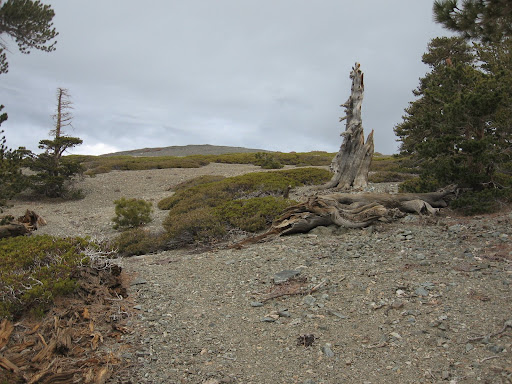Meetup Link here
My photos here

So I guess you can have a tough hike in the Bay Area. We got off to a bit of a late start, not starting until about 10 am, but not too worried about making it back before sunset.
There are multiple places to start out, but we began around Donner Canyon on the end of Regency Dr. Almost immediately, there were multiple trail branches to choose from. I had a preloaded gps track of the route we wanted to take, which was very useful as I have never seen so many trail choices around a peak in my life!
The trails are a mix of single track and fire roads. We started out pretty flat with some nice views
We veered off to a single track trail toward Eagle Peak, and after a pretty steep climb we gain the ridge head toward Eagle Peak.
We then descended down the south - south eastern ridge of Eagle Peak to a saddle between it and Mt Diablo. Again multiple trails to choose, and we took the one heading up Bald Ridge aiming straight at Diablo. After a mile or so of muddy trail ascent, the trail veers off and wraps around to a saddle east of the summit. I would have prefered to try to take the ridge straight up to the summit, but did not see any use trail to take.
We reach the sadde east of Mt Diablo. And ice skated
At this point, a summit trail will lead you up about 900 ft in abou 1.2 miles. Instead, I found a use trail heading up to the peak that sure looked steeper.
And it was steep. Those 900 ft came in 0.5 to 0.6 miles! So we summitted Diablo in about 5.5 miles and 3800 ft gain, but there were still 2 peaks to go.
We headed back down the maintained trail to the saddle, then continued east toward North Peak. North Peak is not very pretty with equipment and antennaes on top, but man, it surely has the steepest fire road I have ever been on!
We descended this stupid fire road and headed on another trail to the final peak, Mount Olympia.
We ended by descending a few nice fire roads to complete the loop
In the end, we accumulated about 5400 ft gain in 14 miles! With so many trails, it is easy to figure out other strenuous hikes around Diablo.






























































